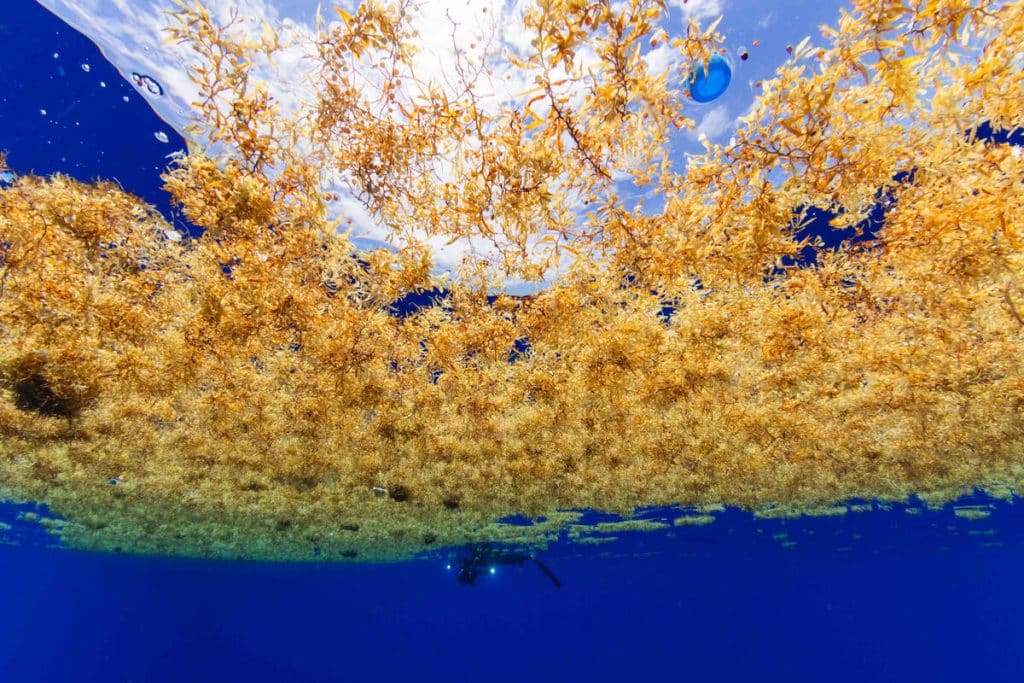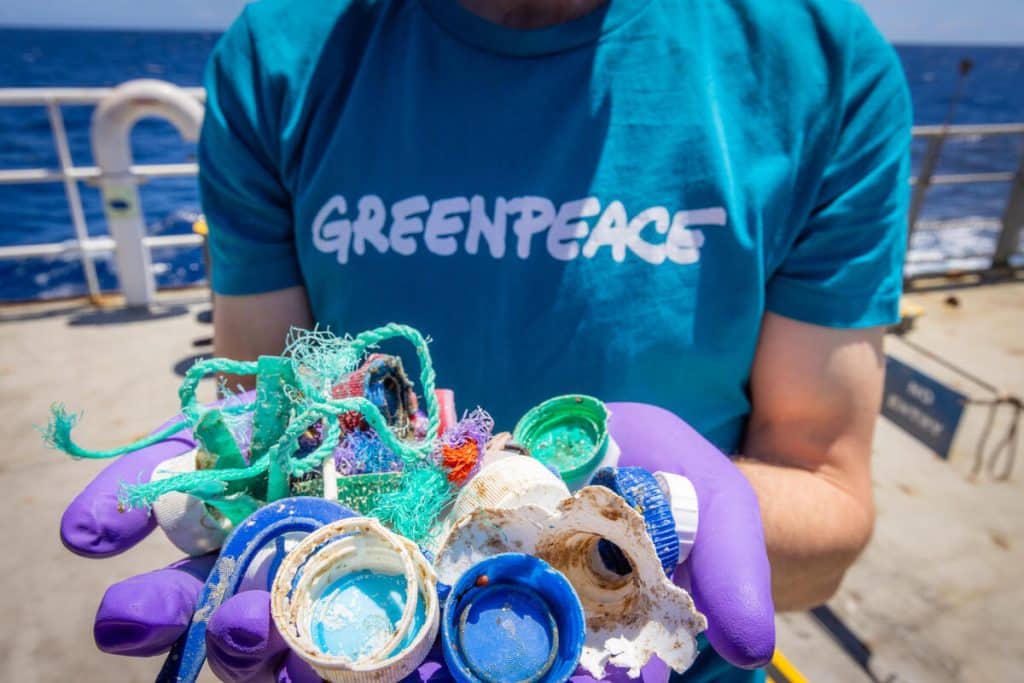Travelers have probably heard a lot about the sargassum problem over the last few months and even years. What they don’t really know is about the Sargasso Sea, the place where it comes from, and why it matters.
Also known as the Great Atlantic Sargassum Belt, the Sargasso Sea is an extensive area of around 1,100 kilometers (600 nautical miles) wide and 3,200 km (1,750 nmi) long in the Atlantic Ocean.
It’s considered the largest seaweed mass on the planet and shares borders with no countries.
Despite its calm blue waters, there have been reports of ships getting trapped in this vegetal blob when winds are strong.
In “normal” environmental conditions, the Sargasso Sea is an important marine ecosystem, key in the migration of multiple European and American species like the European eel, the American eel, and the American conger eel.

Other species, such as certain types of fish, sea turtles and crustaceans, use this “golden island” to reproduce or protect themselves from natural predators.
In an attempt to promote the creation of a “global network of marine sanctuaries under the Global Ocean Treaty,” Greenpeace found a “shocking” amount of plastic garbage in some sargassum beds when navigating the area.

In one of the floating mats, they “retrieved more than 300 pieces of plastic in just 30 minutes including bottle caps, disposable lighters, buoys, shoes, children’s toys and dozens of smaller scraps in the process of breaking down into microplastics,” reads a Greenpeace statement.
“We saw large pieces of plastic debris tangled inside it. On closer inspection, every clump of seaweed contained a panoply of plastic pollution, from bottle caps to disposable cutlery,” stated Briony Venn, oceans campaigner for Greenpeace UK.

The main objective of this environmental organization is to press the UK government to ratify the Global Ocean Treaty and to join forces with other international governments to elect the Sargasso Sea as the first sea sanctuary in international waters.
This effort should go together with reducing single-use plastic under the Global Plastic Treaty, as per the organization.
According to scientists, plastic is now present in all oceans on the planet. This material has been found in the bodies of “44% of all seabird species, 22% of cetacean species, and in all sea turtle species,” Greenpeace says.
The post Greenpeace Finds Shocking Quantities Of Plastic In The Sargasso Sea appeared first on Traveling Lifestyle.
------------------------------------------
By: Luka Trcek
Title: Greenpeace Finds Shocking Quantities Of Plastic In The Sargasso Sea
Sourced From: www.travelinglifestyle.net/greenpeace-finds-shocking-quantities-of-plastic-in-the-sargasso-sea/
Published Date: Thu, 09 May 2024 22:50:35 +0000
Did you miss our previous article...
https://consumernewsnetwork.com/travel-news/top-5-resorts-in-puerto-rico-to-visit-in-summer-2024






